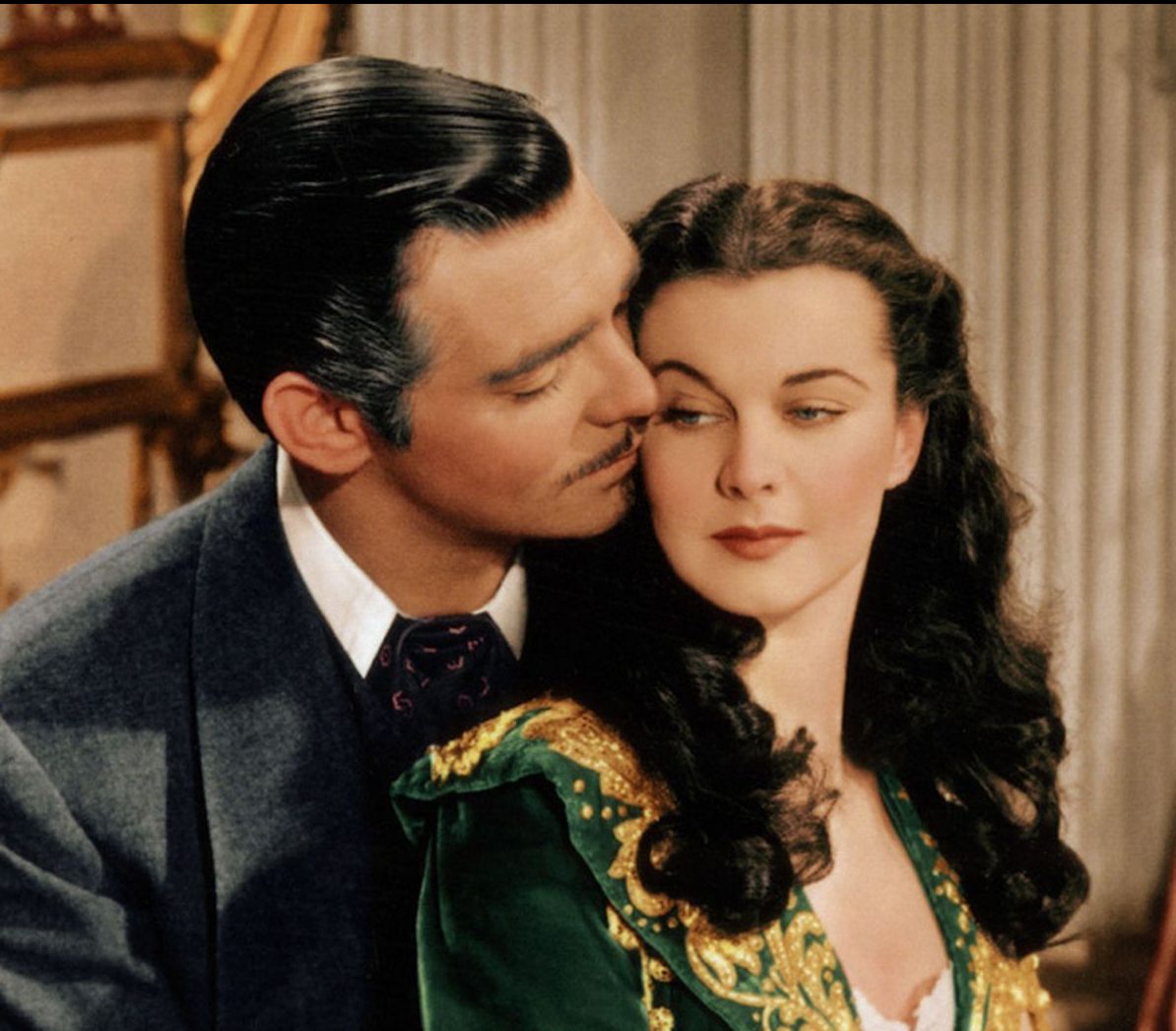Don’t Make These 5 Mistakes When Writing Romance
Today’s post is by Stephanie O’Brien.
Whether it’s the main element of the story, or a subplot that adds drama, depth, and higher stakes to your primary plot, romance is a wonderful aspect of a great tale . . . when it’s done right.
But when it’s done wrong, it can frustrate your audience and detract from the quality of the story as a whole.
Here are five mistakes writers often make when writing romance and how to avoid them:
Mistake #1: Dragging out the “will they or won’t they?” phase too long
Some people love the chase.They enjoy the suitor’s passionate pursuit, the tension of wondering whether the characters will get together or not, and the lovers’ journey from ambivalent attraction to deciding that they couldn’t live without each other.
And you’ve probably heard horror stories about couples who suddenly became boring once they were official, causing the audience to lose interest not only in the couple but in the story as a whole.
This can lead some writers to drag out the courtship phase for so long that it becomes implausible, frustrates the audience, and prioritizes the status quo over satisfying and realistic character development.
There are no hard-and-fast rules for determining how long is too long, because every set of characters has their own unique personalities, inner challenges, and outer circumstances to overcome before they’re ready to get together.
Still, here are a few signs that it’s probably time to stop stalling and let the relationship take its natural course:
- The characters are obviously right for each other. They get along beautifully, have great chemistry, and would rather lose a limb than be without each other. Each of them knows that they’re deeply in love with the other, and they have been for a while now.
- Both partners want their relationship to progress, and there’s no plausible reason for them to keep hesitating.
- You’ve been finding reasons for delaying their relationship’s progress for so long that it’s starting to feel stagnant and repetitive.
- The couple’s interactions are interesting to watch, so the individual characters won’t become more boring simply because they became a couple.
- You’re hesitating to progress their relationship not for an in-story reason but because you aren’t sure what would happen next, or because you’re afraid that the characters will become boring.
This isn’t to say that you should force the couple to get together if you think the timing is wrong or if you think they shouldn’t be together.
But if there’s no in-character reason for a great match not to get together, the audience is screaming “just kiss already!” and the only reason you’re keeping them separate is to maintain the thrill of the chase, then maybe it’s time for you to learn a new skill and try keeping the characters interesting once they’re officially together.
Mistake #2: Killing the girlfriend when you run out of ideas
How many times have you seen writers spend a whole book, movie, or graphic novel building a beautiful romance between two characters . . . only to run out of ideas once they’re together and just throw the whole thing in the trash by unceremoniously murdering the hero’s love interest?
This method has been horribly overused, and it tends to function as a sloppy reversion to the status quo. It’s lazy, generic, and predictable, and it disrespects both the previous development of your plot and characters along with the audience you’ve encouraged to get attached to those characters.
Killing a character who’s in a relationship can improve the story, if it adds something new and valuable to the plot.
But if you’re killing a beloved character in a predictable, pointless, and unsatisfying way, and ending a relationship your audience adores just because you aren’t sure what to do with it next, you may want to rethink your strategy.
This is especially true if you’re defaulting to a generic revenge plot and restoring the status quo out of uncertainty and fear rather than making the effort to come up with something new for the characters to do together.
Mistake #3: Turning the relationship into a war zone for the sake of contrived conflict
Sure, couples fight. Your two lovebirds may have bickered during the courtship phase, and it’s hard to spend one’s entire life with another person without having disagreements now and then.
But some writers, at a loss for how to keep the characters interesting when they’re happy together, overcompensate by turning a once-good relationship into a battlefield.
Playful banter becomes yelling fights, gentle advice becomes incessant nagging, and a relationship your readers used to love becomes an ugly, unrecognizable mutation of its once-great self.
Having a certain amount of conflict in your story is good and necessary, and it’s only natural that being in such a safe, intimate environment will encourage both partners’ inner demons to rise to the surface in order to be healed.
But while you’re portraying these new conflicts, make sure that you don’t lose sight of what made the relationship good in the first place, or turn it into a new and worse relationship that leaves your audience pining for the old one.
Also don’t twist the characters’ personalities just to wring some out-of-character bickering out of them, or throw problems in for the sake of drama without ensuring that they flow naturally from the lovers’ circumstances and established traits.
Mistake #4: Making one corner of a love triangle implausibly bad
Not all love triangles are supposed to be balanced, and not every romantic quandary will have two equally good choices.
But sometimes, writers take it too far.
In some cases, they take an established and beloved character and make them less likeable, out of the blue and without explanation, in order to make their rival look better.
In others, they make the choice so uneven that the audience wonders how the person who’s choosing could possibly be torn between the obvious soulmate and the disaster waiting to happen.
When you’re writing love triangles, it’s important that all of the characters’ decisions come naturally from their personalities and beliefs.
If a suitor turns into a jerk, make sure there’s a plausible explanation for the change in his personality and behavior.
And if a character is torn between two choices, either make both choices reasonably good or provide a reason the clearly worse option is an option in her mind.
For example, a heroine choosing between a good man and a troublemaker might feel the need to “fix” the troublemaker or might consider him out of misplaced pity or a misguided sense of responsibility for him.
Mistake #5: Portraying abusive behavior as romantic
Many readers like the idea of someone coming into their life, finding all their flaws endearing, wanting to take care of them and single-handedly meeting all their needs for validation and love.
Unfortunately, these desires are easy to twist and exaggerate into something dangerously unhealthy.
If your character finds her interest’s flaws appealing, be careful not to have her emphasize those flaws to the point where they’re actually degrading her lover in the process of supposedly “complimenting” him.
If you do choose to emphasize the flaws over the love interest’s good points, I recommend exploring why your character prefers his weaknesses over his strengths. For example, if a character has low self-esteem, she might perceive a shy, clumsy lover as being less likely to reject or leave her.
If one character wants to take care of another, make sure it doesn’t slip into the territory of controlling, diminishing, or violating the other’s autonomy.
It’s one thing to have an experienced character offer advice and protection to someone who’s weaker or less highly trained. It’s another to have that competent character treat his counterpart as if she’s helpless, inept, and unable to make her own decisions.
And while many people are tempted to think that their partner’s love is all they need, isolation is a common tactic of abusers, and relying entirely on one person for all social needs is not healthy for either partner.
It’s OK to have an abusive relationship in your book if it’s portrayed as a threat to drive the plot or as serious flaws that the characters need to overcome.
But when it’s romanticized, it not only suggests a certain amount of blindness on the author’s part, it also risks having a bad influence on your younger and more impressionable readers.
Are you guilty of making any of these 5 mistakes when writing romance?
Do you write romance or include romantic subplots in your books? What mistakes have you seen romance authors make, and how could they have done better?
 Stephanie O’Brien is a lifelong fiction author who loves experimenting with different genres, subverting common clichés and tropes, and picking stories apart to see what makes them work and how they could be better. To see more writing tips, as well as Stephanie’s novels, comics, and music videos, visit her website. Connect with Stephanie on Facebook and Twitter. And if you feature a married couple in your novel, here are four tips for keeping the duo interesting without breaking it up.
Stephanie O’Brien is a lifelong fiction author who loves experimenting with different genres, subverting common clichés and tropes, and picking stories apart to see what makes them work and how they could be better. To see more writing tips, as well as Stephanie’s novels, comics, and music videos, visit her website. Connect with Stephanie on Facebook and Twitter. And if you feature a married couple in your novel, here are four tips for keeping the duo interesting without breaking it up.











Hi, Stephanie! Great post and very helpful since I’m going to pen a romance pretty soon too. Out of the five signs I have none but one. The second one as in killing the girlfriend. Spoiler alert: my hero’s love interest dies in the end but like The Fault In Our Stars I deem it necessary to resonate with the theme. Will that do? Or should I change my ending? Thanks, 🙂
Hi, Maria,
Congrats on avoiding most of those common romance writing mistakes! Though, less congrats for spoiling The Fault in Our Stars for me. 🙁 Next time you’re warning people about spoilers, it would help if you specified which story you’re going to spoil. 😉
On a happier note (if we can call character deaths a happy note), I think it’s OK to kill a love interest if it resonates with the theme of the story, and if it comes naturally from the events of the story rather than just being pulled out of nowhere for extra sadness points.
It’s when the death feels less like a poignant end to the relationship, and more like the writers just lazily throwing the relationship in the trash for the sake of reverting to the status quo, that it becomes a problem.
At least, that’s my opinion on the matter – I hope it helps!
Stephanie
Thanks so much for replying, 🙂 .
Oh my God! I’m extremely sorry for ruining The Fault In Our Stars for you. I thought since both the book and the movie came out so long ago, everyone must have read/watched it and knows the ending. Very very sorry for ruining it, 🙁 🙁
You’re welcome, Maria. I hope it helped.
I’m sure that, with time and therapy, I’ll come to forgive you for the spoilers. 😛 I’ve basically made a habit of never assuming that people have read/watched something until I ask; given the sheer number of books and movies out there, you never know who hasn’t gotten to what on their to read/watch list.
#5 is an interesting point, because it’s an area in which society’s attitudes have changed. Many older romance novels (written, say, in the 1980’s or earlier) have what I’d consider to be inappropriate behaviour from the hero, and I can only guess that it was written to conform to the social mores of the times.
Good point, Iola. It could be that they were conforming to the social mores of the times, or maybe they were written by a person with an unhealthy view of what is and isn’t romantic, or both.
Could you share some examples of the kind of inappropriate behavior you’re referring to?
Successful romance stories does not happen immediately at first sight. They are build up to get readers in the heart.
Cheers,
Monique